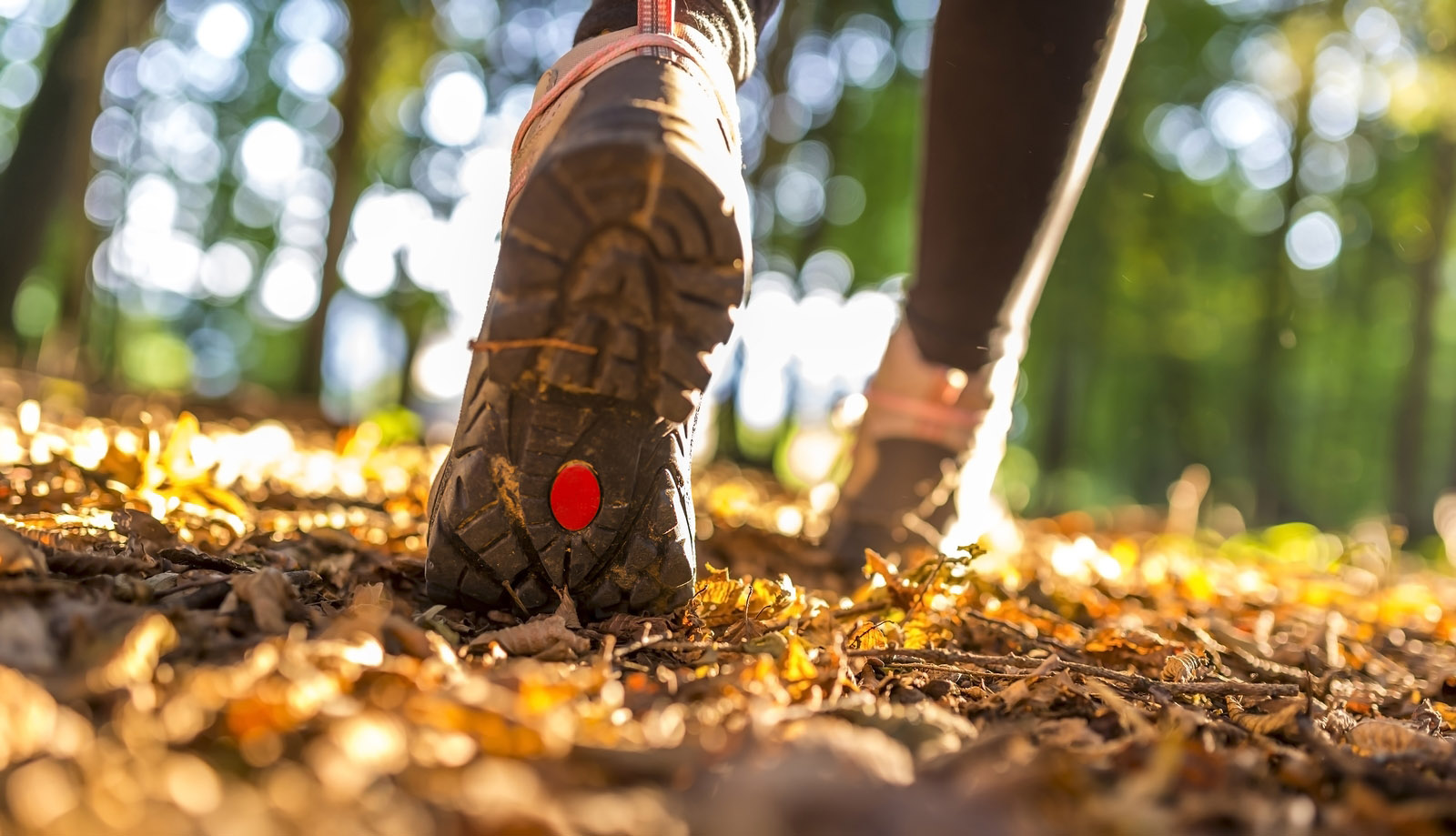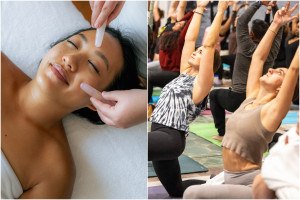Why Walking Is an Awesome Workout
I post a LOT about running on this blog. I almost can’t help myself: It’s a super easy form of exercise that a lot people in this city enjoy, and there are so many races to report on and talk about, it almost makes my head spin. But in all that run talk, I worry that I’ve unintentionally lead you to believe that the only effective way to get a good workout is to put one foot in front of the other, over and over and over again, and to move as fast as you possibly can.
Well. I’m here to set the record straight: You don’t have to run (or spin, or spend hours on the ellipitcal machine) to get a good workout. Seriously! If you do it right, walking burns calories, it does wonders for your health (lower blood pressure, stronger bones, etc.), and it even helps you tone up. Best part? It’s completely free and doesn’t require a gym membership.
“Walking is great workout for someone who is just starting to exercise, has certain physical limitations, or is recovering from an injury or surgery,” says local personal trainer and expert Be Well Philly contributor Audrey McKenna Hasse. “It’s a great way to gain confidence in your ability as an athlete and become more physically fit.” She’s right—I mean, there’s a reason programs like Couch to 5K incorporate a mix of walking and running to (quite literally) get you up to speed.
Ready to get walking? Here are tips from local trainers for doing an effective walking workout:
Pick a Landmark and High-Tail It
Whether you’re walking through a suburban neighborhood or Center City, you can keep your brain and legs engaged by picking landmarks a block or two ahead and walking briskly (higher pace) to meet them. This is a way of doing speed intervals while you walk. It keeps your legs guessing, gets your heart pumping, and helps you burn more calories.
Embrace Hills
“Walking on a 12 to 15 percent incline at a brisk 3.5 miles-per-hour pace can burn just as many calories as running flat,” says Brian Maher, another fab Be Well contributor and owner of Philly Personal Training. “It saves the joints from the pounding of running. So if you’re not a runner or you’re a runner who needs a day off from the pounding of running, incline walking is a great option.”
You can do it on a treadmill, of course, but let’s face it: Outdoor hills are just so much more interesting. To that end, have you ever been to Valley Forge National Park? That place is hill central. Be strategic about your walking route and incorporate some moderate to challenging hills. Going on varying inclines targets different muscles so you’ll get a more well-rounded workout. Besides, walking uphill will get you breathing hard.
For more ideas on pretty places to walk in the region, check out our favorite places to walk and hike nearby.
Try Some Cross-Training
Don’t be afraid of the word “cross-training”—I’m not talking about lugging a set of kettlebells while you stroll. “If you live near a trail or route that offers benches, take the opportunity to add some strength exercises to spice up your workout,” says Jewel Kessler, trainer and manager of the Gravity Center at Horsham Athletic Club. “Seated knee tucks, leg lifts and mountain climbers can offer great strengthening exercises before, during or after your walk.”
Here are a few more ideas for how to use your environment for some conditioning:
• Bench step-ups: Exactly what it sounds like: Stand facing a bench, step up with your left foot, then your right; step down with your left, then your right. Lead with the right leg next. Do 10 step-ups for each leg. Make it more challenging by doing box jumps instead.
• Incline pushups: Using a step or the back or seat of a bench (seat is more challenging), perform pushups with your hands on the bench/step and feet on the ground. Flip it around (feet up, hands on the ground) for an added challenge.
• Bike-rack incline pull-ups: Track with me on this one. You know those black inverted U-shape bike racks we have all over the city? If you see a vacant one, you can use it for incline pull-ups. Position yourself under the bike rack, such that your heels are on the ground and your hands are holding on to the top of the rack with arms extended (your choice of an under- or overhand grip). Pull yourself up until your chin or chest reaches the bar and lower slowly. Repeat 10 times. (Before you tell me I’m crazy, I will say for the record that I’ve done this many, many times at the Art Museum and it is awesome. The end.)
Bust Out the Book Bag
Sweat Fitness personal trainer and aquatics director Holly Waters suggests adding some weight to your walk for an extra calorie burn. Again, no kettlebells here, but you could consider carrying a book bag filled with—well, anything! Water bottles, clothing, snacks, a lunch. Add or subtract weight depending on your desired intensity. Just make sure the bag fits correctly (tight and high against the back) to avoid back and shoulder pain.



